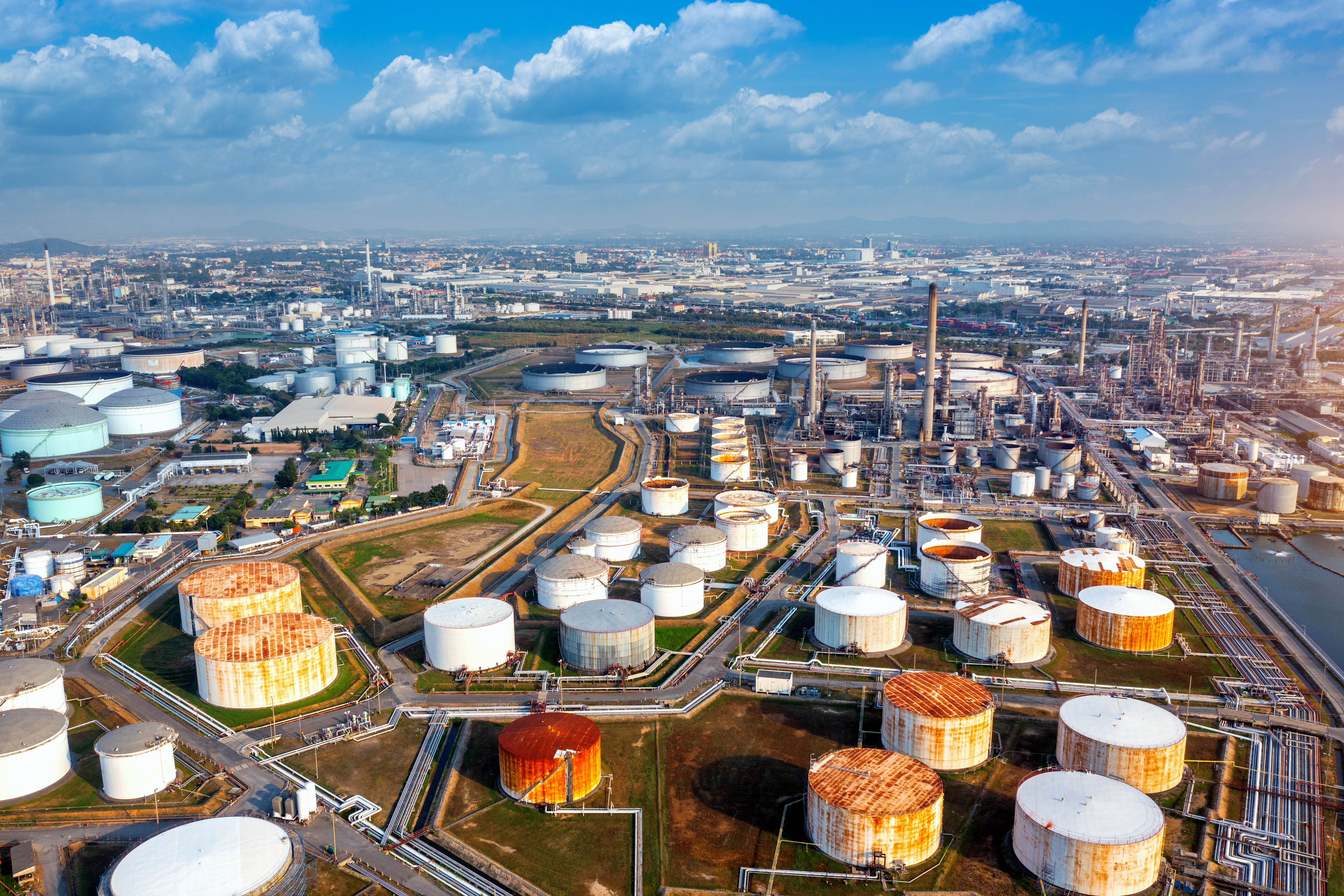Buoyed by the clean energy transition, a global sustainability shift, and enticing legislative incentives & concessions, electric vehicles (EVs) have seen exponential growth in recent years, increasingly prompting drivers to jump on the bandwagon. In 2017, EV sales globally touched the 1 million mark, by 2023 the figure had already crossed 10 million. What ensued from this remarkable surge was the demand explosion for all EV components. Longer life spans and high energy density propelled the use of lithium-ion batteries (LiBs) in EVs, and demand for all its components concomitantly rose: from cathode materials like lithium to anode materials like graphite to battery electrolyte materials like solvents & salts.
lithium hexafluorophosphate (LiPF6) Demand Analysis:
As a critical upstream raw material for electrolytes used in LiBs, lithium hexafluorophosphate (LiPF6) was not exempt from this. When combined with solvents & additives, this salt forms battery electrolytes facilitating ion transfer between electrodes. LiPF6 usage in rechargeable LiBs has skyrocketed alongside the EV revolution; with the power battery segment now representing the biggest share of its global consumption pie. Sizeable volumes of LiPF6 are also used in energy storage batteries and in consumer electronics.
lithium hexafluorophosphate (LiPF6) Capacity Analysis:
The growing EV production, however, both domestically and overseas, managed to absorb the excess supply. Prismane Consulting’s LiPF6 database indicates China constitutes nearly 95% of the global production today, with majors like Tinci Materials, Do-Fluoride New Materials, and Jiangsu Xintai Material securing long-term agreements with domestic EV producers such as BYD. Meanwhile, EV producers in the Americas, Europe, and the Asia Pacific rely on imports from China. Looking ahead to 2024, Chinese producers are expanding their LiPF6 capacities, with several new plants scheduled to commence operations in the coming years. Driving these continued investments is the sizeable export potential the country eyes, with producers already enjoying increased orders from overseas in the last five years.
Heavy reliance on LiBs from overseas and lack of sufficient battery material supply has weighed on India EV production, driving up costs. Nevertheless, India today is a ripe target market for the EV infrastructure, with several global players eyeing production setups, buoyed by recent discoveries of lithium reserves. In the LiPF6 sector, companies like Neogen Chemicals and Gujarat Fluorochemicals Limited (GFL) are already investing in production facilities, leveraging their first-mover advantage.
GFL's recent announcement entering February 2024 with the groundbreaking of its LiPF6 project in Dahej, Gujarat, aims to mitigate import reliance and address cost bottlenecks, with plans to supply over 200 GWh annually of EV and storage system battery solutions. Manufacturers anticipate this initiative to cater to both local demand and create opportunities for overseas market penetration. Concurrently, industry players are increasingly investing in backward integration, aiming to produce most materials in the supply chain domestically, except for LiPF6 raw material lithium carbonate, which is not currently mined in India and is imported. Accordingly, players have signed multi-year contracts with lithium carbonate manufacturers to ensure stable supply.
Legislative impetus is undoubtedly a major factor in driving these domestic investments in India. Schemes like Production-Linked Incentive (PLI), a performance-linked incentive from the Government of India (GoI) is aimed at reducing’s foreign imports & scale up domestic manufacturing. By establishing relationships with domestic battery manufacturers that are also benefactors of such schemes, Indian players in the battery materials space are positioning themselves in the market. Besides encouraging new investments, such initiatives will also safeguard domestic sales of LiPF6 producers in India, despite China augmenting its domestic & overseas supply.
Although many may be eyeing the ripe situation, companies with a background in lithium or fluorine will possess a competitive advantage. Unlike other industries, entering these markets will prove challenging for newcomers. From a Chinese perspective, investments in India's battery space sector are more likely to materialize via collaborations, given India's intrinsic regulatory landscape for Chinese entities lacking domestic presence. That said, it cannot be denied that Chinese and Japanese players hold a technological and backward integrated edge. Should they aggressively pursue the Indian markets, it could potentially threaten domestic market shares.
Meanwhile, a new contender for LiPF6 is around the block: lithium bis(fluorosulfonyl)imide (LiFSI). LiPF6 presents limitations such as poor performance in both low & high temperatures, a harsh preparation process, and inadequate thermal stability. LiFSI has the potential to address majority of these bottlenecks, not just due to its better physical & chemical properties, but also due to the continuous investments from Chinese firms in its research & development. Presently, LiFSI is mainly used in small quantities as an electrolyte additive mixed with LiPF6.
Several major Chinese players are investing in new supply for LiFSI besides LiPF6 plants. The primary hindrance to widespread adoption of LiFSI is its high application cost, although analysts anticipate that maturing technology will address this bottleneck. The price disparity between the two is gradually narrowing. Notably, EV giant Tesla is already employing LiFSI salt into its 4680 batteries. Companies like Contemporary Amperex Technology (CATL), Panasonic, and LG Chem are actively involved in the production of these batteries, having inked sourcing agreements with domestic LiFSI manufacturers in China.

